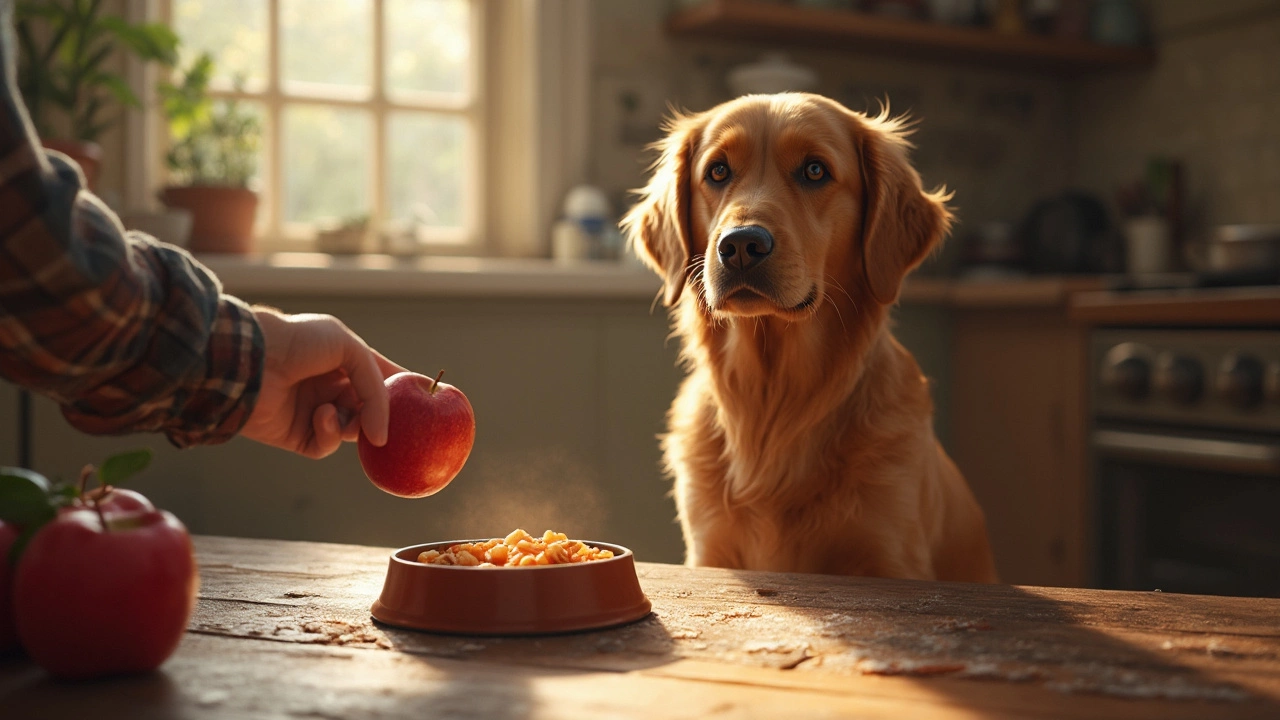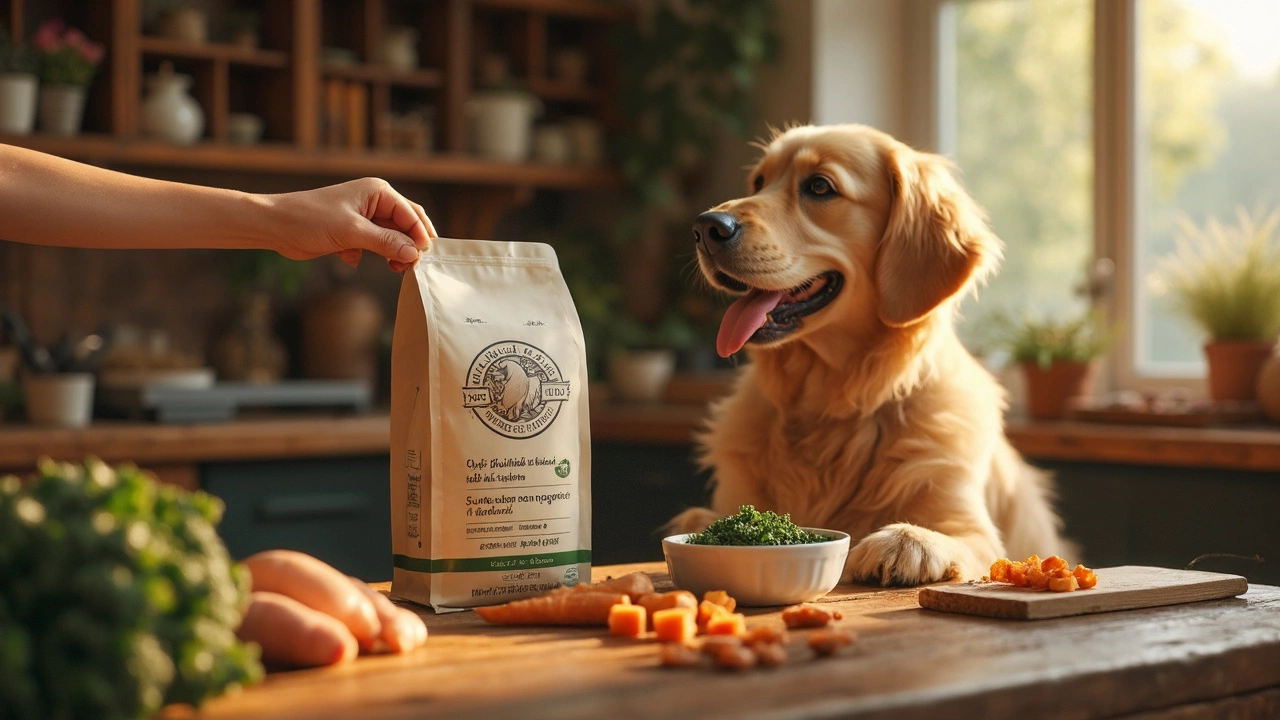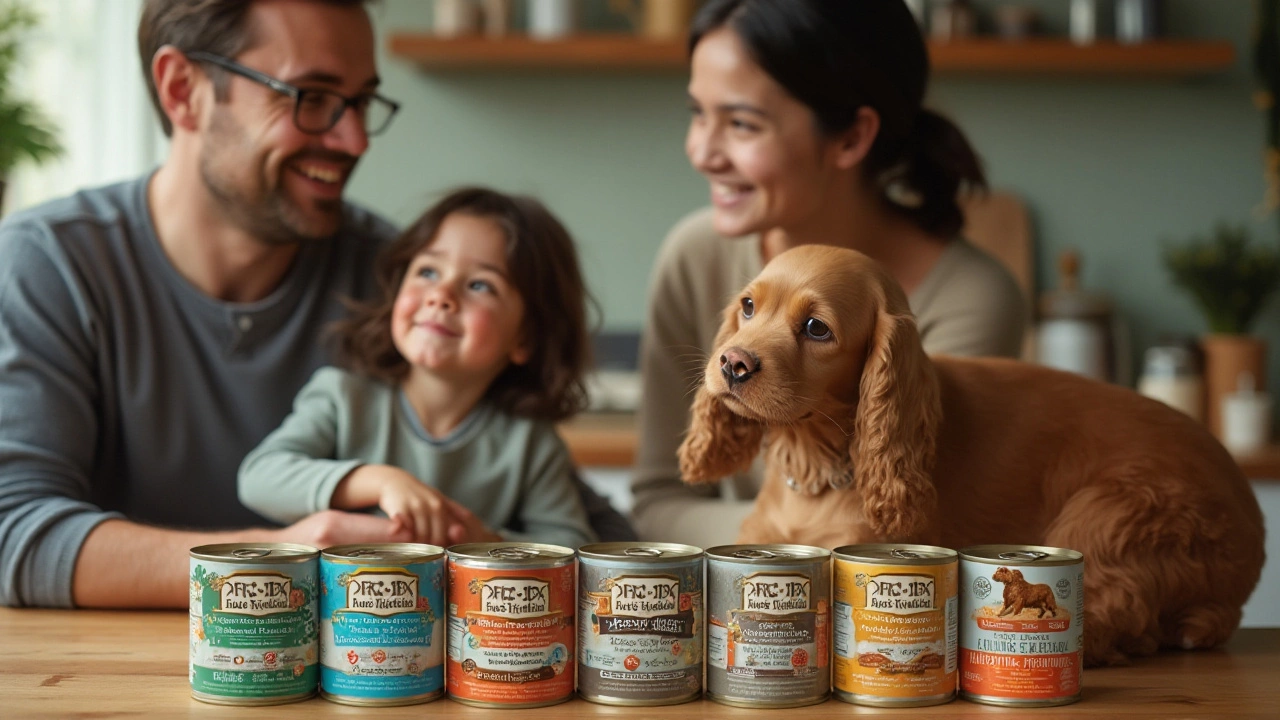Dog Food Basics: What Every Owner Should Know
Choosing the right food for your dog can feel overwhelming, but it doesn’t have to be. A good dog food provides the energy, protein, and nutrients your pup needs at each stage of life. Below you’ll find simple steps to pick, store, and feed dog food without guessing.
How to Pick the Right Dog Food
Start by looking at the label. The first ingredient should be a high‑quality protein source like chicken, beef, or fish. Proteins build muscle and keep your dog strong. Next, check the protein percentage – aim for at least 18% for adult dogs and 22% for puppies.
Life stage matters. Puppy formulas have more calories and DHA for brain growth, while senior diets lower calories and add joint support. Match the food to your dog’s age, size, and activity level. A tiny terrier needs a different calorie count than a big retriever.
Watch out for fillers and artificial additives. Common fillers like corn, wheat, and soy can be hard for some dogs to digest. Artificial colors or flavors add no nutritional value and can cause allergies. If you see a long list of unfamiliar chemicals, look for a cleaner alternative.
Consider any special needs. If your dog has a known allergy, choose a limited‑ingredient diet that avoids the trigger. For weight‑managed dogs, select a low‑fat, high‑fiber formula. When in doubt, ask your vet for a recommendation that fits your pet’s health profile.
Storing and Feeding Tips
Keep dry kibble in an airtight container to protect it from moisture and pests. Store the container in a cool, dry place – a pantry works well. For wet food, refrigerate any leftovers within two hours and use them within 24‑48 hours.
Portion sizes are printed on the bag, but they’re just a starting point. Adjust the amount based on your dog’s weight and activity. A good rule of thumb: monitor your dog’s body condition each week. If they’re gaining extra weight, cut the portion back a little; if they’re constantly hungry, add a modest amount.
Feed on a regular schedule. Most dogs do best with two meals a day – breakfast and dinner – because it keeps blood sugar stable. Set the same times each day; consistency helps with digestion and reduces begging.
Always provide fresh water. Even the best dog food can’t replace hydration. Change the water bowl at least once a day and clean it regularly to avoid slime buildup.
Treats should be a small part of the daily calorie count – think 10% or less. Use low‑calorie options like small pieces of carrot or commercial training treats that list real meat as the first ingredient.
If you ever consider homemade meals, talk to a vet or pet nutritionist first. Balancing vitamins and minerals is tricky, and missing a key nutrient can cause long‑term health issues.
In short, focus on a high‑quality protein first, match the formula to your dog’s life stage, store food properly, and keep feeding times consistent. Follow these basics and you’ll give your dog a solid foundation for a happy, healthy life.
- Morgan Ainsworth
- 0 Comments
What Do Vets Say About Beneful? Real Talk on This Popular Dog Food
Is Beneful good for dogs? This article breaks down real vet opinions, shares what’s in Beneful, and cuts through the noise on ingredients, safety, and nutrition. Get practical tips for checking your own dog’s food, learn about real-life cases, and see what vets really say when you ask about feeding Beneful. If you’re wondering whether this brand belongs in your pup’s bowl, here’s what matters most.
View More- Morgan Ainsworth
- 0 Comments
Is It Okay to Leave Dry Dog Food Out All Day?
Leaving dry dog food out all day might seem simple, but it comes with some considerations. Understanding the pros and cons can help ensure your furry friend's health and happiness. This article explores the effects of leaving dry dog food out, such as possible freshness concerns, and offers practical tips on how to manage your dog's diet effectively. Discover what factors you need to consider to make the best decision for your pet.
View More- Morgan Ainsworth
- 0 Comments
The #1 Ingredient Your Dog Food Needs Most
Choosing the right dog food can be challenging with so many options available. But when it comes to ensuring your furry friend gets the best nutrition, the primary ingredient plays a crucial role. This article highlights the top ingredient that should be in dog food and explains why it's essential for a dog's overall health. With practical tips and interesting facts, you'll gain a deeper understanding of how to choose the best food for your dog.
View More- Morgan Ainsworth
- 0 Comments
Is It Okay to Give Your Dog Applesauce?
Considering giving your dog applesauce can sound like a tasty idea, but is it safe and healthy? This article digs into the nutritional aspects of applesauce for dogs, weighing the pros and cons. Find out if applesauce can be a sweet treat or just unnecessary sugar for your furry friend. Discover tips on how to offer it safely and know what to watch out for. Ensure your dog's diet remains balanced while bringing some variety.
View More- Morgan Ainsworth
- 0 Comments
Is Purina One High-Quality Dog Food?
Dive into the world of Purina One to uncover if it truly stands as a high-quality dog food option. This article lays out the vital ingredients, nutritional benefits, and expert opinions to see if it's the right choice for your furry friend. Learn how Purina One ranks among competitors, and what you should look for when choosing food for your beloved dog. Discover practical tips to ensure your pet gets only the best.
View More- Morgan Ainsworth
- 0 Comments
The Healthiest Dog Food: Finding the Best for Your Pup
Choosing the healthiest dog food for your furry friend can feel overwhelming with all the options available. It's crucial to look for high-quality ingredients, appropriate nutrient balance, and credible sourcing. Avoiding additives and fillers plays a key role in ensuring your dog gets the best nutrition. With the right knowledge, you can make informed choices that cater to your dog's unique dietary needs.
View More- Morgan Ainsworth
- 0 Comments
What Not to Include in Homemade Dog Food
Thinking of preparing homemade food for your furry friend? While it's a great idea to know what's going in their diet, there are certain ingredients you should definitely avoid. Not all human foods are safe for dogs, and some can be quite harmful. This guide will walk you through some common foods that are not dog-friendly and provide safer alternatives for your homemade dog meals.
View More- Morgan Ainsworth
- 0 Comments
Feeding Your Dog Healthy Real Food on a Budget
Feeding your dog real, healthy food doesn't have to break the bank. With careful planning, you can provide a nutritious diet that rivals commercial brands without emptying your wallet. This article explores budget-friendly strategies for crafting home-cooked meals for your furry friend and highlights ingredients you may already have in your kitchen. Tips and clever substitutions will help you maintain your dog's health and indulge their taste buds sustainably.
View More- Morgan Ainsworth
- 0 Comments
Affordable Alternatives to Commercial Dog Food
This article explores cost-effective alternatives to purchasing commercial dog food. Pet owners can find affordable options that maintain nutritional standards without breaking the bank. The article discusses homemade dog meals, necessary ingredients for a balanced diet, and methods to ensure safety and health of the pet. It also addresses common concerns about non-commercial dog food diets and offers practical tips for those considering the switch.
View More- Morgan Ainsworth
- 0 Comments
Top 4 Premium Dog Foods for Optimal Canine Health
Choosing the right dog food is crucial for your pet's health and well-being. Each of the big four dog food brands offer unique benefits tailored to different needs, whether it’s sensitive stomachs, active dogs, or specialized diets. With a variety of options available, learning about these top brands can help you make informed decisions that suit your furry friend's specific dietary requirements. Remember, what your dog eats impacts their coat, energy, and life span.
View More- Morgan Ainsworth
- 0 Comments
Top Dog Food Brands in 2024: A Guide for Every Pup's Diet
Choosing the right dog food can be a daunting task, with a myriad of brands claiming to be the best. This article delves into the top three dog food brands in 2024, examining their nutritional benefits, ingredient quality, and customer satisfaction. Each brand offers unique qualities to cater to different dietary needs, ensuring you find the perfect match for your canine companion. From allergen-free options to those catering to active dogs, discover the best choices to keep your furry friend happy and healthy.
View More










